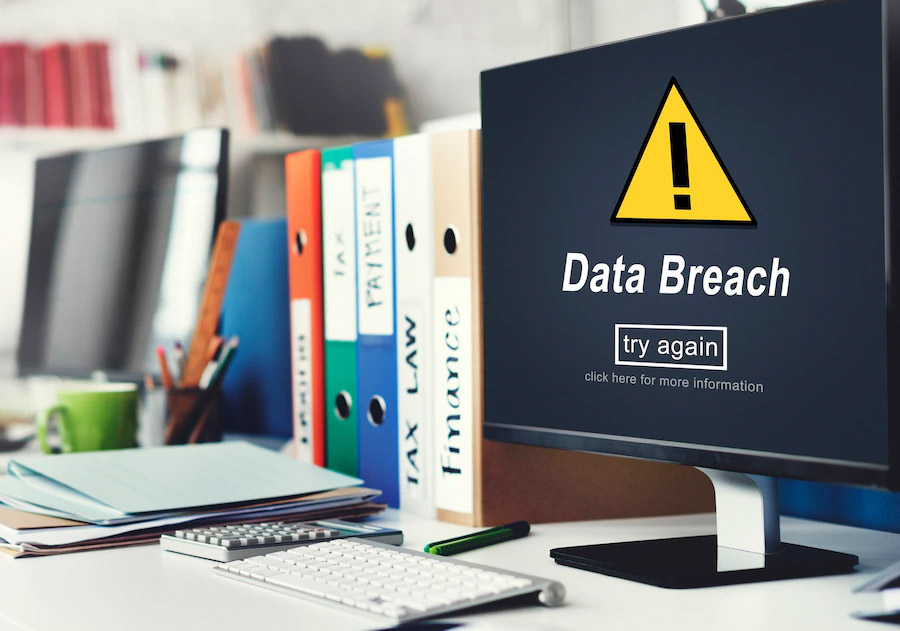In the digital age, data is often referred to as the ‘new oil’ – a valuable resource that powers businesses, governments, and even our personal lives. However, just as oil spills can have catastrophic environmental impacts, data loss in the realm of cybersecurity can lead to devastating consequences for organizations and individuals alike.Causes of Data Loss in Cybersecurity.
- Malicious Attacks: Cybercriminals employ a variety of tactics, from ransomware to phishing, to compromise systems and steal data. These attacks are often financially motivated, but they can also be driven by espionage or mere mischief.
- Human Error: Accidental deletions, misconfigurations, or even the unintended sharing of sensitive information can lead to data loss. Despite the best intentions, human error remains a significant vulnerability.
- System Failures: Hardware malfunctions, software crashes, and network outages can result in data becoming inaccessible or lost.
- Natural Disasters: Events such as fires, floods, or earthquakes can damage physical infrastructure, leading to data loss if backups aren’t in place.
Consequences of Data Loss:
- Financial Impact: The direct costs of data breaches can be staggering, ranging from ransom payments to regulatory fines. Additionally, businesses may face lost revenue due to downtime or a damaged reputation.
- Reputational Damage: Trust is hard to earn but easy to lose. Data breaches can erode customer trust, leading to lost business opportunities and a tarnished brand image.
- Operational Disruption: Data loss can halt business operations, leading to service interruptions that can be costly and damaging.
- Legal and Regulatory Repercussions: Many jurisdictions have strict data protection regulations. Non-compliance, especially after a breach, can lead to hefty fines and legal challenges.
Countermeasures to Prevent Data Loss:
- Regular Backups: Ensure that data is backed up regularly and that backups are stored securely, both on-site and off-site.
- Employee Training: Equip employees with the knowledge to recognize and avoid potential threats, such as phishing emails.
- Implement Access Controls: Limit access to sensitive data only to those who need it. Use strong authentication methods and regularly review access permissions.
- Keep Systems Updated: Regularly update all software, including operating systems and applications, to patch known vulnerabilities.
- Deploy Security Software: Use antivirus, anti-malware, and firewall solutions to provide a multi-layered defense against threats.
- Plan for Disaster Recovery: Have a clear and tested plan in place to restore operations in the event of data loss, whether due to cyberattacks, human error, or natural disasters.
In conclusion, while the threats to data integrity and security are ever-evolving, a proactive approach to cybersecurity can significantly mitigate the risks of data loss. By understanding the potential causes and consequences and by implementing robust countermeasures, organizations can safeguard their most valuable digital assets.


